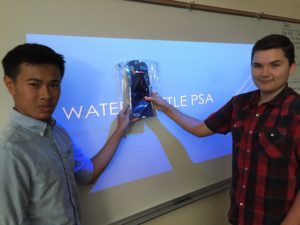Bees provide up to 1/3 of our diet, which may seem small, but includes a variety of foods such as: fruits, vegetables, grains, and even meat. Kendra’s proposal was to plant gardens with bee-friendly flowers in the community to help these small workers.
By planting these gardens, bees are offered a constant source of nutrients and a healthy habitat that uses no harmful chemicals on the plants. The implementation plan was fairly simple, and included buying the supplies, finding locations, setting up gardens, and planting flowers and plants. “It is easy and anyone can do it.” States Kendra. “The smallest effort can make a huge difference.”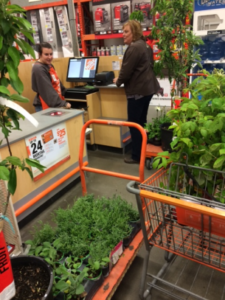
Timeline and Budget:
- February 29, 2016 – Figured out location for project and contacted beekeeper Debbie Moors
- March 1, 2016 – Brought home donated tires for gardens ($0)
- March 31, 2016 – Shopped for garden beds and soil at Home Depot with Susan Payne ($360)
- April 28, 2016 – Shopped for plants at Home Depot with Susan Payne ($330)
- May 7, 2016- Set up multiple recycled tire gardens around the community
- May 8, 2016 – Set up gardens ($0)





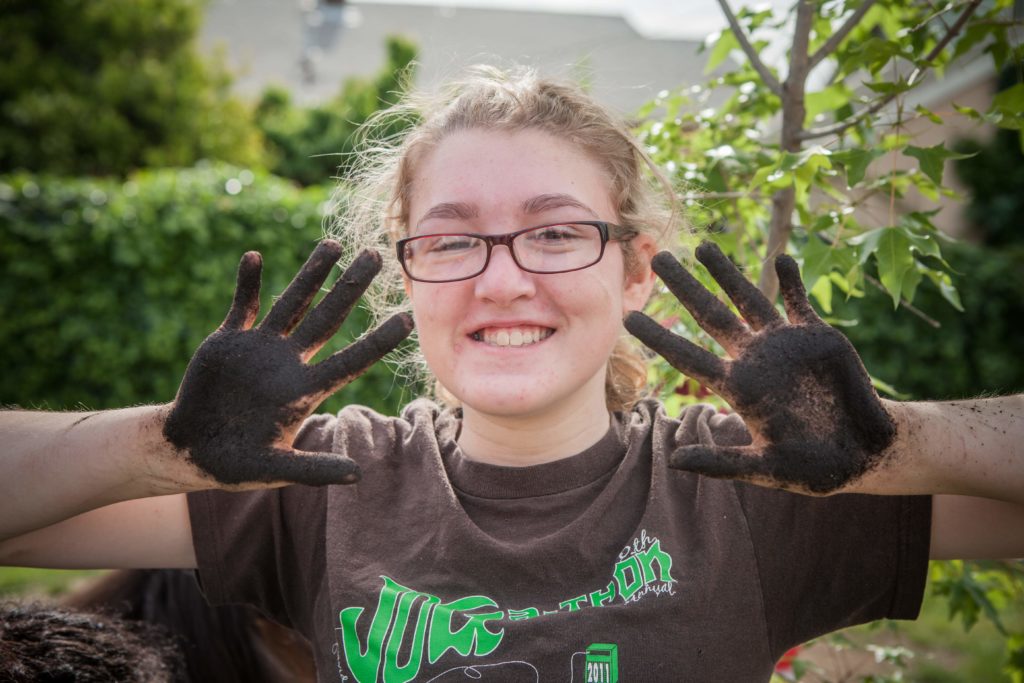 new tree in the area, protecting it with a planter wall, and reseeding the remaining bare areas. The plantings would stabilize the bare soil and reduce sediment delivery to nearby waterways. Of course, the tree planting would also provide shade to the kids playing in the yard at recess and outdoor learning activities. Sandra organized special teams of kindergartners and their 6th grade “buddies” to help with site preparation and planting. After the planting, she organized “work parties” with school parents to build the planter wall and finish the remaining work. Nutrien project funding helped to buy supplies, soil, plants, and seeds for the project, which will benefit both the environment and the school community for generations to come.
new tree in the area, protecting it with a planter wall, and reseeding the remaining bare areas. The plantings would stabilize the bare soil and reduce sediment delivery to nearby waterways. Of course, the tree planting would also provide shade to the kids playing in the yard at recess and outdoor learning activities. Sandra organized special teams of kindergartners and their 6th grade “buddies” to help with site preparation and planting. After the planting, she organized “work parties” with school parents to build the planter wall and finish the remaining work. Nutrien project funding helped to buy supplies, soil, plants, and seeds for the project, which will benefit both the environment and the school community for generations to come.
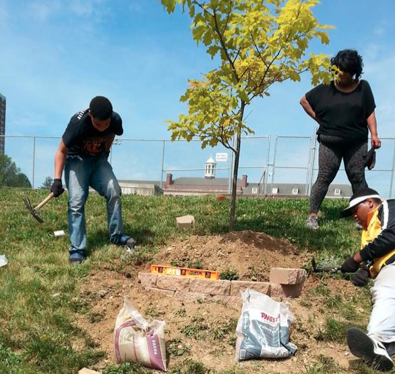


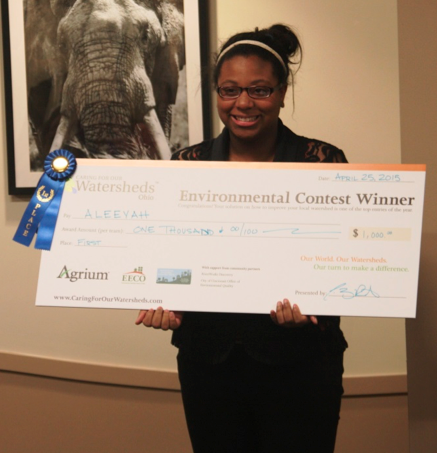
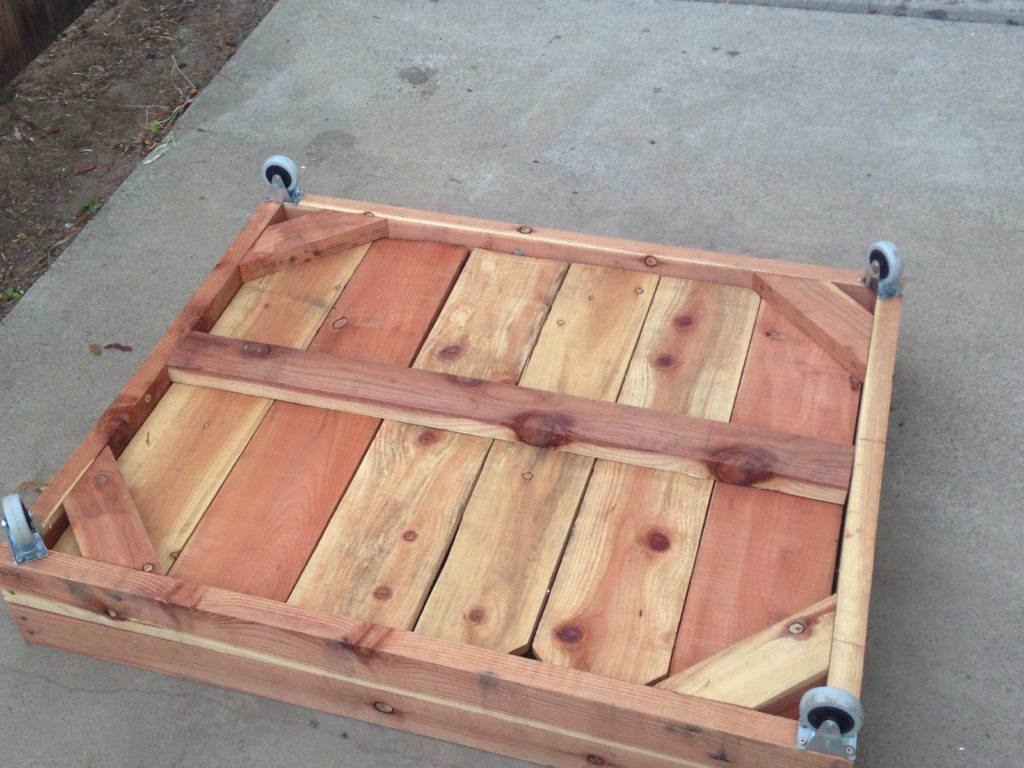
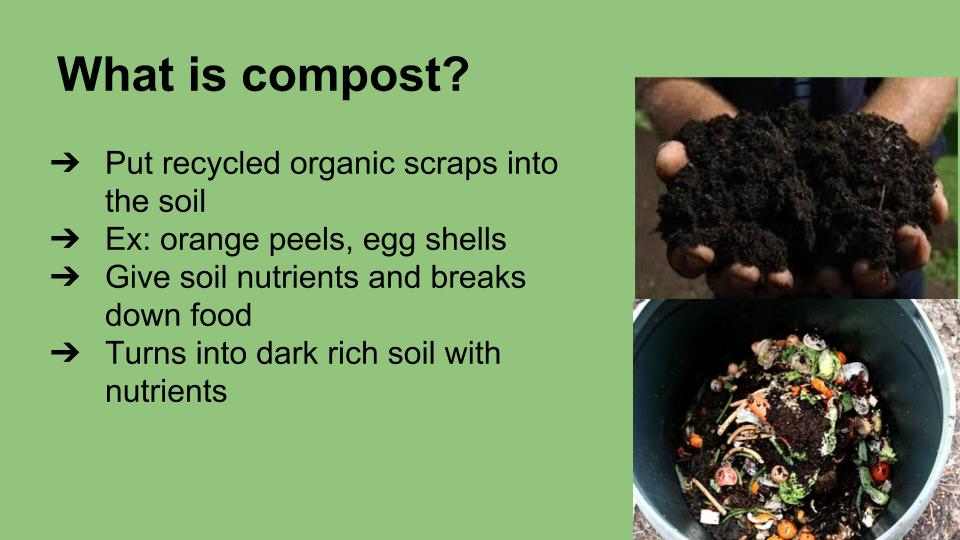 group then planned and delivered a lesson to freshman at school on the benefits of compost, utilizing their demo garden bed and preliminary results from their own experiment.
group then planned and delivered a lesson to freshman at school on the benefits of compost, utilizing their demo garden bed and preliminary results from their own experiment.